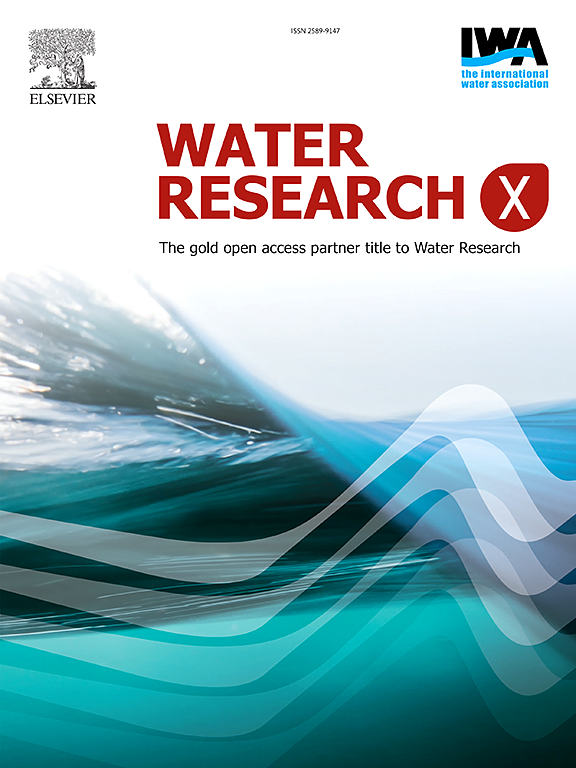老化地下水管道:失效时间模型、缺口和未来方向
IF 8.2
2区 环境科学与生态学
Q1 ENGINEERING, ENVIRONMENTAL
引用次数: 0
摘要
准确预测配水管网各个管道的故障时间有助于防止突发性爆裂和泄漏。随着时间的推移,故障预测可以帮助消除管道修复和更换决策中的管理不确定性。由于基于时间的劣化建模在过去的研究中较少受到关注,因此本研究重点对与输水管道相关的失效时间/失效年龄模型的当前技术进行了批判性回顾。一个独特的基于无监督学习的聚类框架被用来进行深入和稳健的文献分析。分层聚类揭示了主要的建模方法,分为1)基于物理数据的模型和2)基于历史数据的故障模型。使用基于t-SNE和高斯混合模型的聚类进一步探索关键的研究空白。已确定的差距包括支离破碎的建模方法、缺乏物理模型和数据驱动模型之间的集成、有限的数据相关问题,以及缺乏对有效公用事业管理的模型发现的实际翻译的洞察力。未来的研究可以考虑几种集成策略来克服单个模型的局限性,使用生成式AI来丰富数据,物联网实现物理数据收集,改进特征工程和特征提取工作,并考虑来自水力模型的领域知识来改进AI模型。总的来说,该研究为预测供水管道的剩余故障时间和使用寿命提供了实用的见解。本文章由计算机程序翻译,如有差异,请以英文原文为准。
Ageing underground water pipelines: Time-to-failure models, gaps and future directions
Accurate prediction of the failure time of individual pipelines of a water distribution network can assist in preventing sudden bursts and leaks. Failure prediction over time can help eliminate managerial uncertainty in pipe rehabilitation and replacement decision-making. Since time-based deterioration modeling has less focus in past research, the study focuses on a critical review of the current state-of-the-art for time-to-failure/failure age models related to water pipelines. A unique unsupervised learning-based clustering framework is used to perform an in-depth and robust literature analysis. Hierarchical clustering reveals the main modeling approaches, classified as 1) physical data-based models and 2) historical data-based failure models. Critical research gaps are further explored using t-SNE and Gaussian Mixture Models based clustering. Identified gaps include fragmented modeling approaches, lack of integration between physical and data-driven models, limited data related issues, and a lack of insight on practical translation of model findings for effective utility management. Future studies can consider several integration strategies to overcome individual model limitations, use of generative AI to enrich data, IoT implementation for physical data collection, improve feature engineering and feature extraction efforts, and consider domain knowledge from hydraulic models to improve AI models. Overall, the study offers practical insights for predicting the remaining time-to-failure and service life of water pipelines.
求助全文
通过发布文献求助,成功后即可免费获取论文全文。
去求助
来源期刊

Water Research X
Environmental Science-Water Science and Technology
CiteScore
12.30
自引率
1.30%
发文量
19
期刊介绍:
Water Research X is a sister journal of Water Research, which follows a Gold Open Access model. It focuses on publishing concise, letter-style research papers, visionary perspectives and editorials, as well as mini-reviews on emerging topics. The Journal invites contributions from researchers worldwide on various aspects of the science and technology related to the human impact on the water cycle, water quality, and its global management.
 求助内容:
求助内容: 应助结果提醒方式:
应助结果提醒方式:


